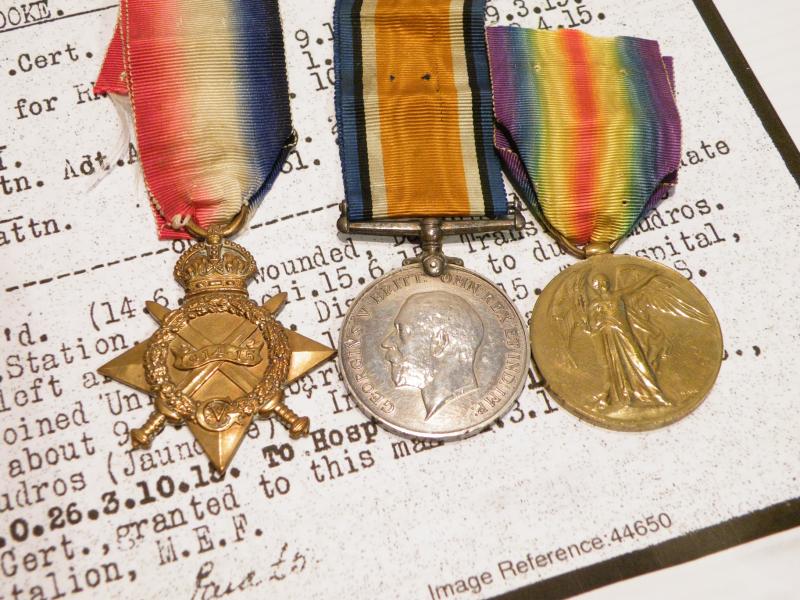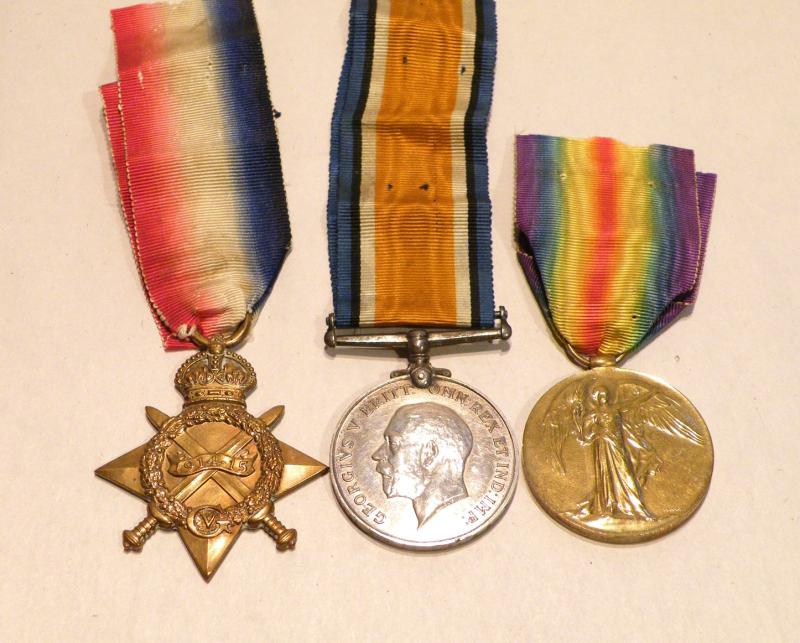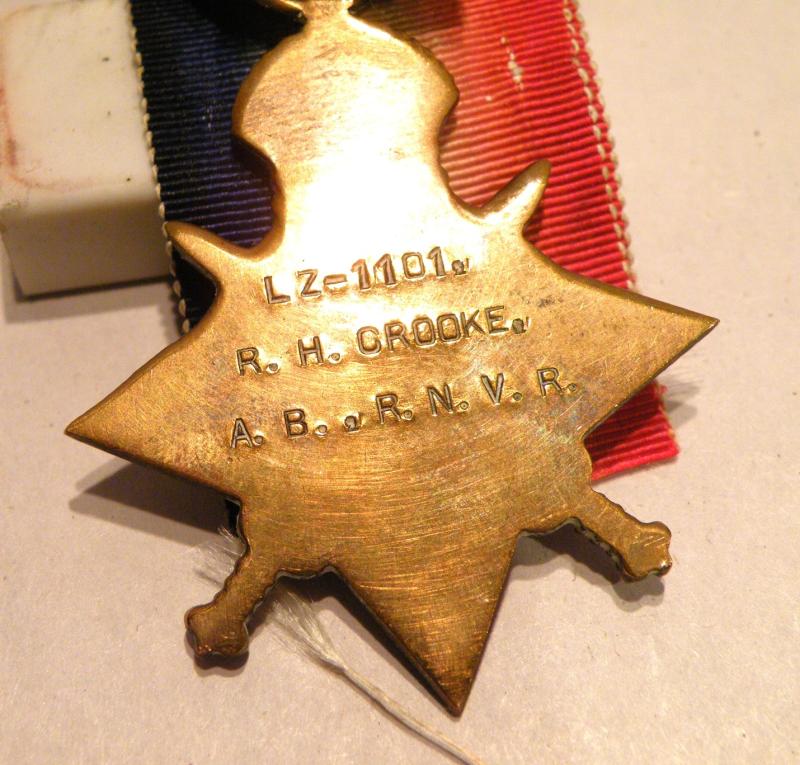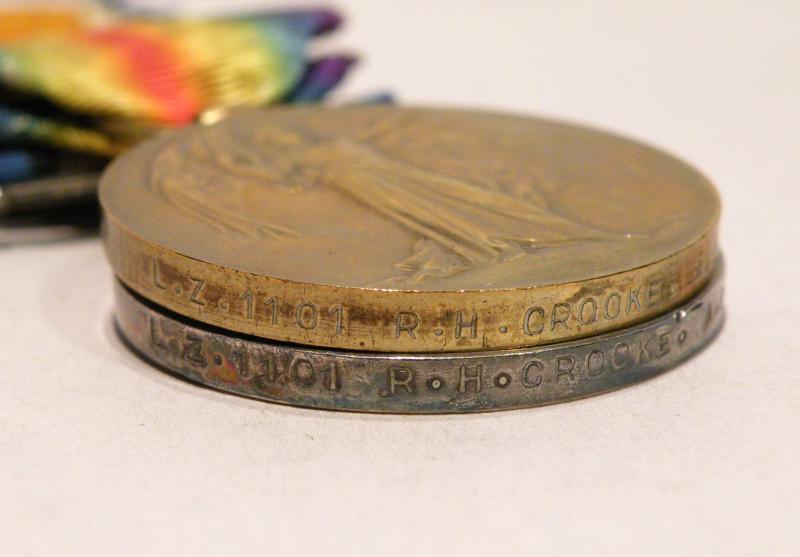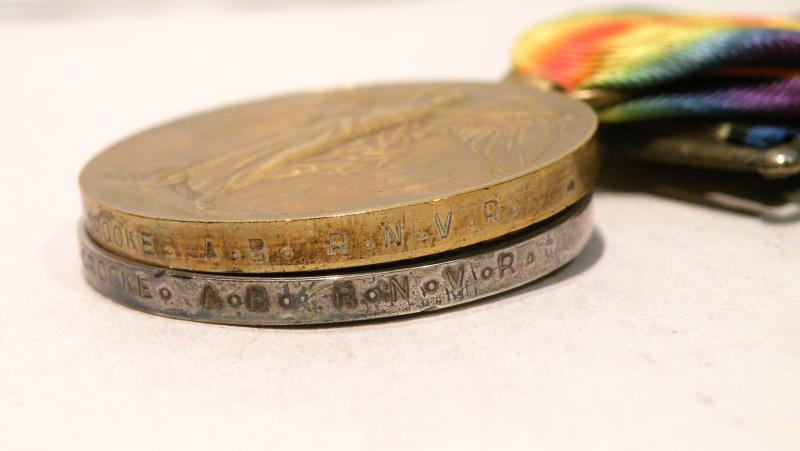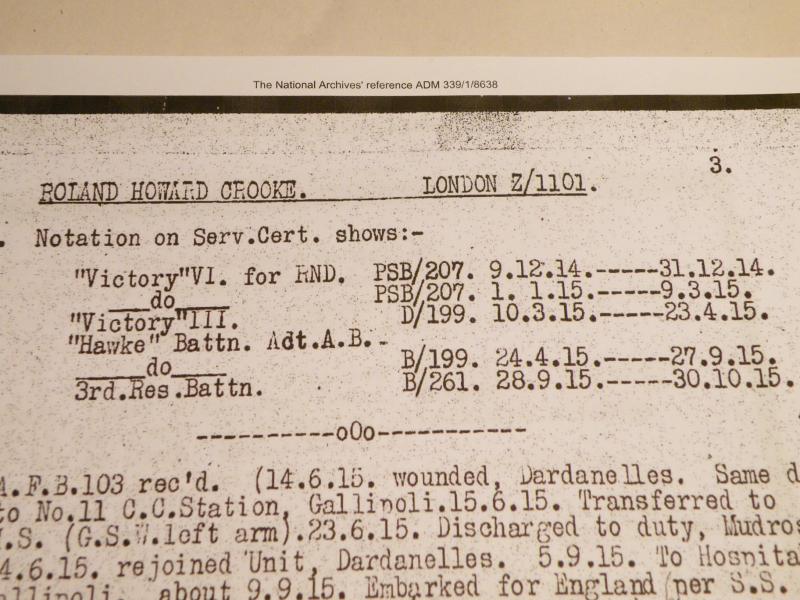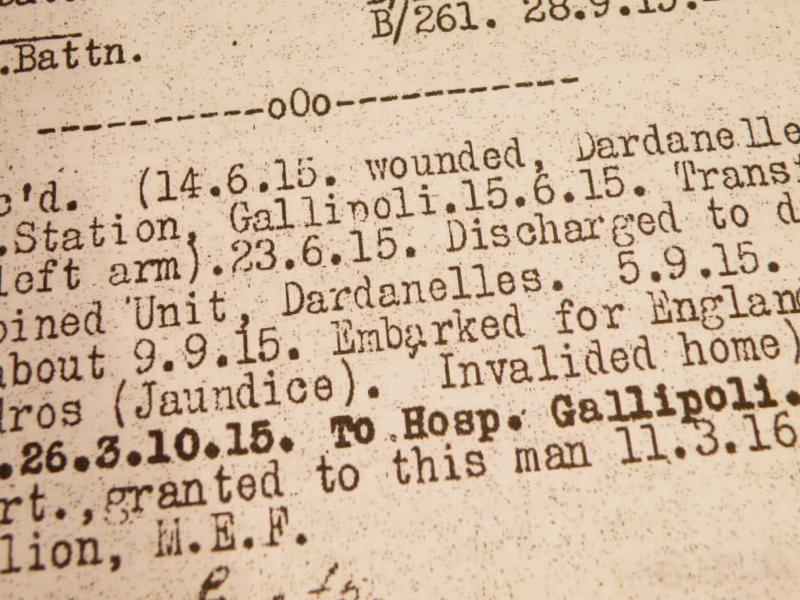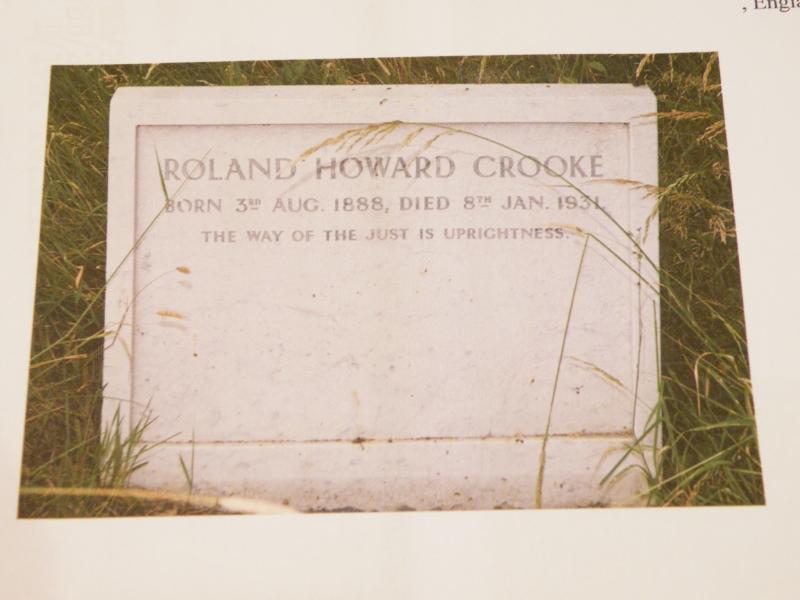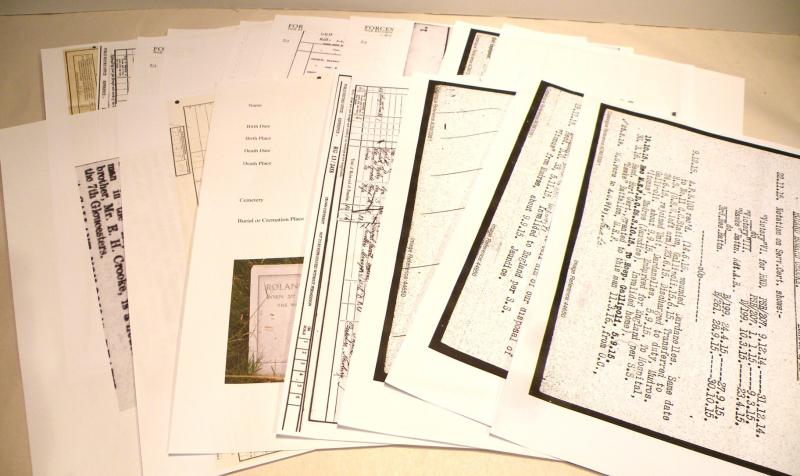1914/15 Star Trio to Crooke HMS Hawke RN Division. Wounded Gallipoli.
A scarce WW1 1914/15 star. British war and victory medal correctly named to LZ-1101 Able Seaman Rowland Howard Crooke Royal Navy Volunteer Reserve.
Rowland was born in India on the 3rd of August 1888. His father William was part of the Bengal civil service working for the British government. He was first educated at St Lukes Cheltenham and then Emmanuel Collage Cambridge studying Classics. It was here that he was recruited into the Public Schools battalion in 1914. It is not known why he was chosen for the RN Division, or he requested it for himself, he was sent to HMS Victory VI at Chystal Palace in London, where he underwent infantry training and was posted to the 2nd Hawke Battalion 1st Naval brigade. At the beginning of October, the situation in Europe became desperate and despite only being partly trained the 1st and 2nd Naval brigades were sent across to Belgium to join the Royal Marine brigade deployed to Ostend and then to assist with the defence of Antwerp.
The Royal Marines and the part-trained sailors did help hold off the advancing Germans but because of confused orders, on being withdrawn over 2400 men from Hawke, Collingwood and Benbow battalions were lost after being outflanked and cut off. A lot were taken prisoner but around 1500 managed to get across the border into neutral Holland and repatriated back to Victory VI.
However as Rowland was not awarded the 14 star, it is unlikely he saw action here.
They were now swapped the mismatched blue uniforms for kaki service dress, but the kept their blue naval style cap with RN Division tally, which they had come to love as a form of identity apart from other units. After a short rest and further training the battalion sailed for Egypt in May 1915 and then on to the Dardanelles in April, landing at Cape Helles on the 25th and 26th. Seeing much action at Anzac Cove and Cape Helles.
Of the Royal Naval divisions 16, 500 men, 13,000 were casualties both due to battle and disease. Over 2,500 were killed and 7,000 wounded. In relation to Able Seaman Crooke, he was wounded on the 14th June 1915. Probably around the Krithia area. He received a gun shot wound to the arm and was taken to No 11 Casualty Clearing Station but returned to his unit 5th September 1915. He was then evacuated to England on SS Itonus a few days later with Jaundice. So it is more than likely he suffered a little more than just a Gun Shot Wound to the arm and could have had some serious bruising or liver damage.
Rowland had two brothers serving, Hugh Crooke was a 2nd Lieutenant in the Royal Engineers and E H Crooke was a Captain in the Gloucester’s, both Killed in action, Hugh being only 19 years old.
After the war Rowland married Edith around 1919 and was employed as a Civil Servant in the principal office of the Ministry of Health. Sadly, Rowland died in the January of 1931. The cause is not known; this needs more research. He is buried in Rectory Lane Cemetery, Berkhamstead Hertfordshire.
All three medals are in excellent original condition and on original ribbons and comes with a quality of copied paperwork, including his service record index cards, medal roll, census records and other relevant information.
Code: 30737

